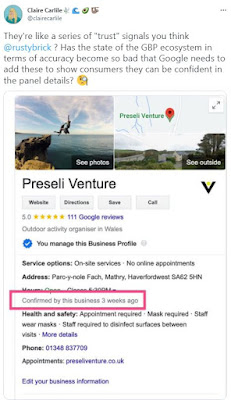LinkedIn is growing in many areas, including individual users and companies using it as a job recruitment tool.
Thus, LinkedIn is updating its Campaign Manager navigation experience in an efforts "to help advertisers be more efficient," according to its website.
"The new left-hand navigation offers a more organized, simplified experience that makes it easier to find the campaign and account elements needed to run successful campaigns," according to LinkedIn's website.
"The new navigation also makes it easier to switch between multiple ad accounts."
LinkedIn does caution users that the update is being gradually rolled out so not all users have access to it as of right now.
To showcase LinkedIn's growth, here are some statistics from omnicoreagency.com:
- 19.2% of Millennials (18-24 years old) use LinkedIn.
- The age group with the most LinkedIn users is between the ages of 25 and 34 at 60.1%
- 50% of internet users with a college degree or higher use LinkedIn.
- The average income of a LinkedIn user currently stands at $46,644 per year.
- 51% of US College Graduates use LinkedIn.
- In 2010, there were 78 million LinkedIn users. At the end of 2020, there were 690 million users.
- LinkedIn is the top network for B2B content marketers for organic social marketing at 96%.
- 80% of B2B leads come from LinkedIn.
- In 2017, there were 17 million companies using LinkedIn. At the end of 2020, it was 50 million.











